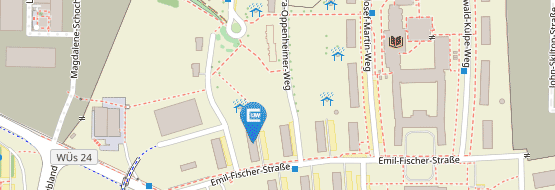Cosmic Positron Background (in progress)
Calculation of the Electron-Positron Paar Production Rate from the Cosmic Photon Background
Electron-positron pairs can be formed in the interaction of two photons. The Cosmic Photon Background (CPB) is the isotropic and persistent emission that reaches Earth from radio wavelengths to gamma-ray energies. Its strongest component is the Cosmic Microwave Background (CMB), i.e. the remnant of a hot Big Bang, and has a spectrum that exactly matches that of a blackbody with a temperature of 2.7 K. The interactions of the CPB with itself would create a sizeable amount of pairs with a remarkable unique spectrum. When the positrons lose energy, they will annihilate again with free electrons or electrons from hydrogen, which results in a gamma-ray line at 511 keV photon energies. In this thesis, this reprocessing of the CPB towards gamma-rays should be calculated from first principles, starting with the local Universe and then including the dependence of the CPB on the redshift (= age of the Universe). The amount of expected gamma-ray photons is an important benchmark for the next-generation telescopes, such as the Compton Spectrometer and Imager (COSI).
More information:
Recent and related publications:
- Siegert 2023: https://arxiv.org/pdf/2303.15582.pdf
- Böttcher & Schlickeiser 1997: https://ui.adsabs.harvard.edu/abs/1997A%26A...325..866B/abstract
Contact persons:
Dr. Thomas Siegert: thomas.siegert@uni-wuerzburg.de


